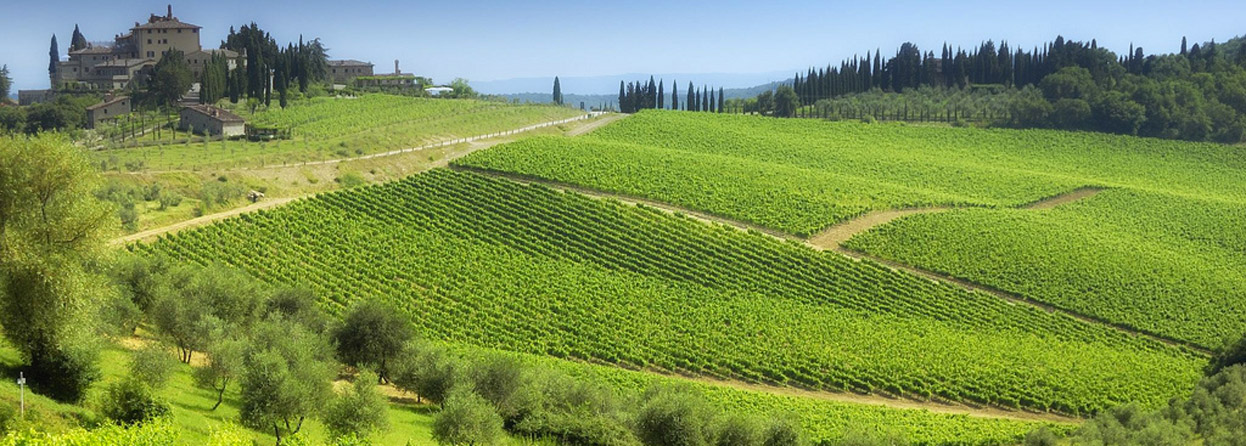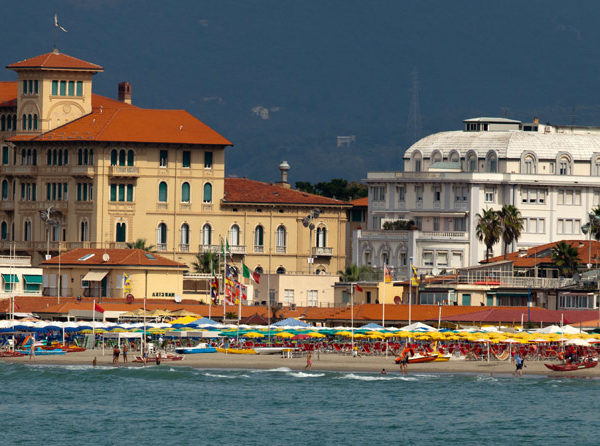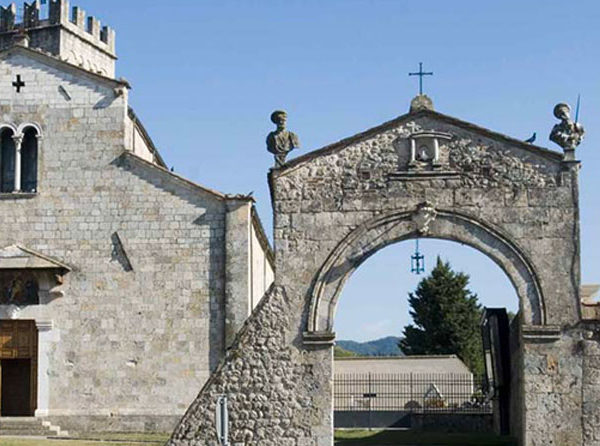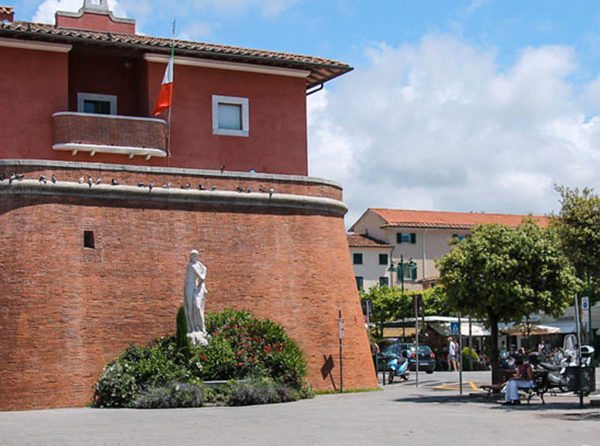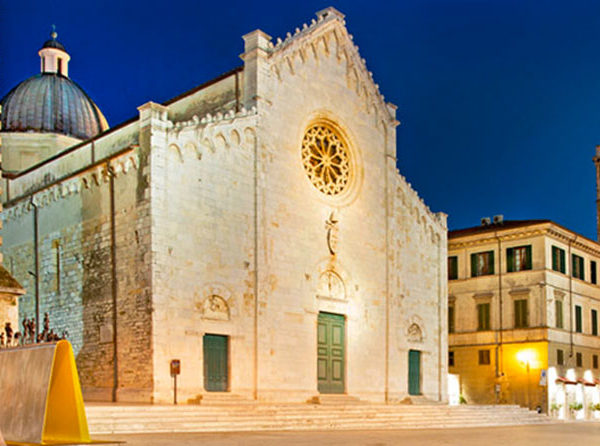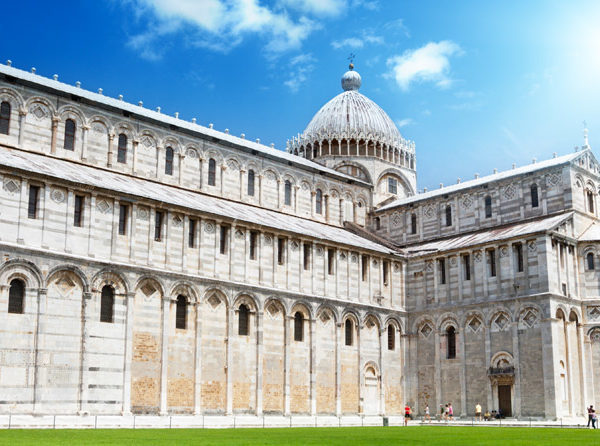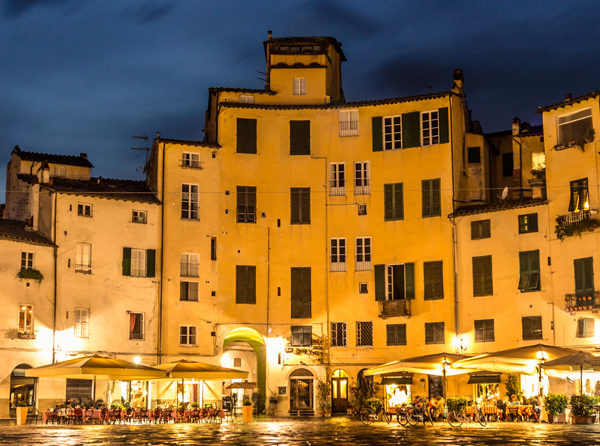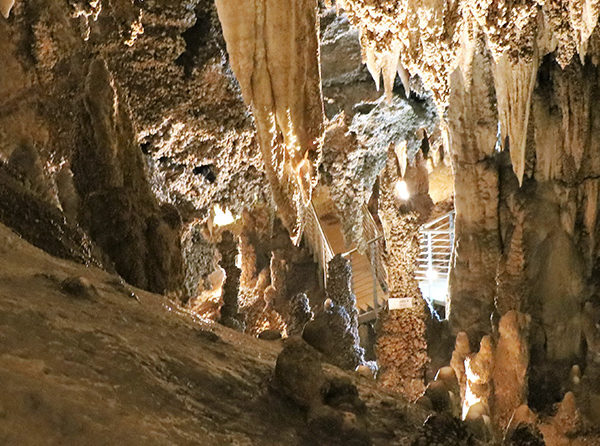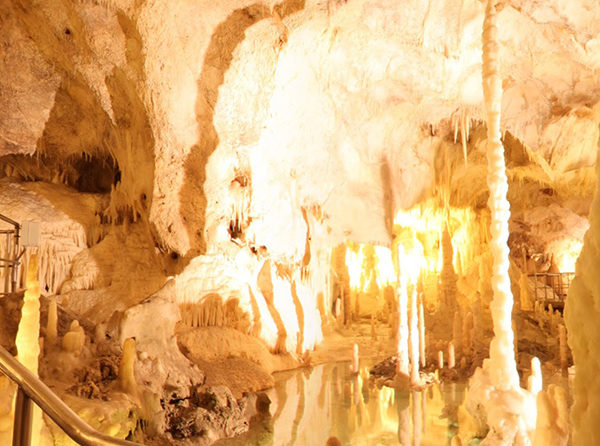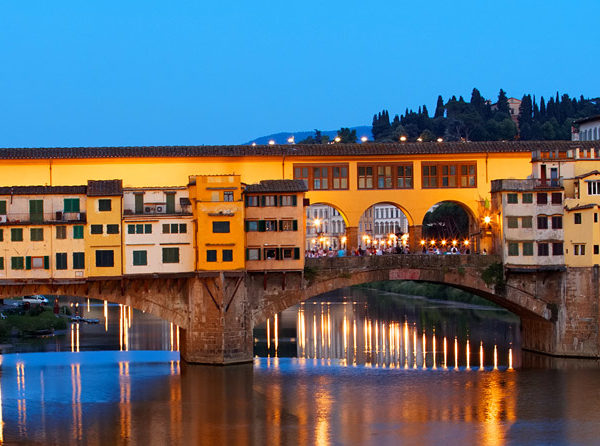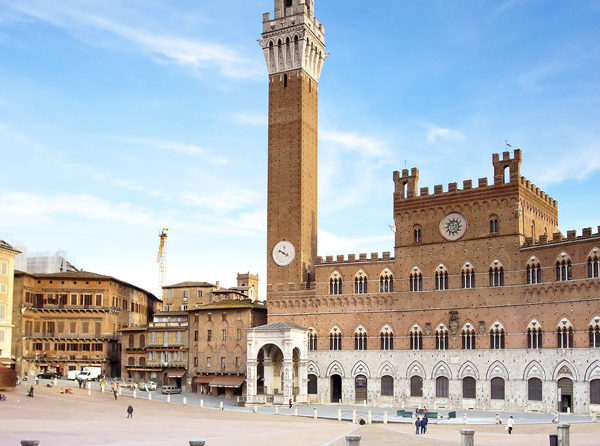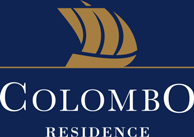Residence Colombo in Viareggio is 125 Km far from the Chianti hills. The Chianti area in Tuscany is one of the most famous regional areas and very appreciated by visitors from all over the world.
From a geographical point of view, the Chianti boundaries are indefinite. However, the territory can be considered included between the provinces of Florence and Siena.
People sometimes divides the Chianti in “Florentine” e “Sienese”, but this only with reference to the wine production.
Territory
The Chianti offers to visitors a succession of unique landscapes, featured by sweet and green slopes, wide expanses of vineyards and olive groves, small villages, particular parish churches and stone-built farmhouses.
The various Chianti landscape is so beautiful and particular that it is often photographed and reproduced in postcards and calendars distributed all over the world.
Wine areas
Known and appreciated all over the world, the famous Chianti wine has a controlled and guaranteed designation of origin. It is produced in Tuscany in the wine areas of Florence, Siena, Arezzo, Pisa, Prato and Pistoia. In particular, the production of Chianti wine was regulated in 1932 by a ministerial decree that established its production in the following sud-areas: Chianti Classico, Colli Senesi, Colli Fiorentini, Colli Aretini, Colline Pisane, Rufina, Montalbano. Montespertoli was added in 1996 to these territories.
Chianti wine production and Chianti wine areas
Chianti wine comes from Sangiovese vineyards and, in smaller quantities, in other vines with white and red berries located on the hills at a height of about 700 metres. Around the second half of 1800 the baron Bettino Ricasoli stated an official composition of Chianti wine that expected a use of 70% of Sangiovese, a 15% of Malvasia and a 15% of Canaiolo. Nowadays producers still use almost exclusively the grape of Sangiovese vines and, in rarer cases, the Sangiovese grapes with some moderate percentages of grapes derived from Merlot and Cabernet Sauvignon vineyards.
The grapevines from which grape that is devoted to become Chianti wine is collected, are cultivated by the Guyot system and, after the winemaking process and bottling that must be done in the production area unless possible derogation, the wine needs a minimum ageing fixed at 1° March of the following year after the grape harvest.
The hill production of Chianti wine is also reflected in the designation of the areas where it is produced. In fact, if in the origins Chianti was exclusively produced in the areas of Radda in Chianti, Castellina in Chianti and Gaiole in Chianti, for the increasing demands received, since the beginning of thirties in the last century, its production was widened to other hills of Tuscany, too.
Nowadays Chianti is produced in the following wine areas:
Chianti Classico
Colli Senesi
Colli Fiorentini
Colli Aretini
Colline Pisane
Rufina
Montalbano
Montespertoli
Besides the fact that it takes the name of the production sub-areas (Chianti Colli Senesi, Chianti Colli Fiorentini, Chianti Colli Aretini etc.) a Chianti wine can be classified as a type:
Riserva, if aged at least for two years and with an alcohol by volume of 12.5°.
Superiore, mention created in 1996 to indicate those wines registered in the Superior Roll of Chianti and produced with more rigorous disciplinary rules.

